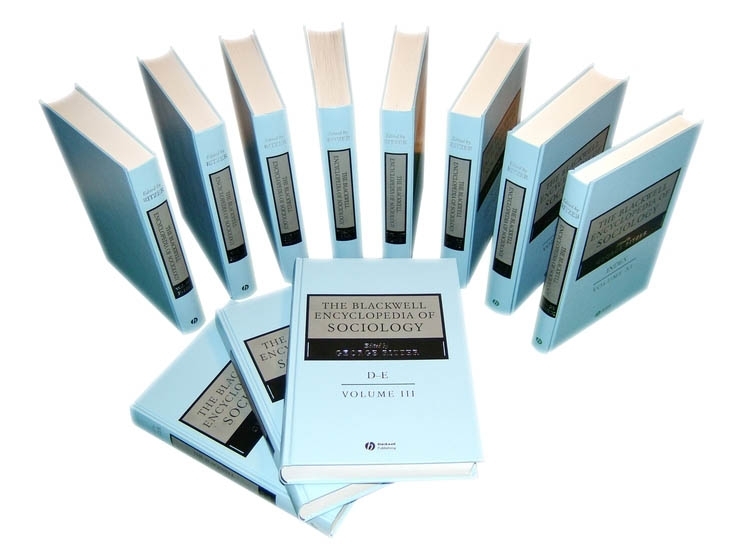Audiences
Abstract
The audience is a central concept in media research. Typically, the audience refers to a large, loosely connected mass on the receiving end of the media, and in most cases it is used in association with electronic media, such as radio or television. The concept's centrality in media research stems from the fact that as a notion it provides a link between academic theory, industry practice, and media policy. In public service broadcasting politics, the audience is the public whose freedom of speech and whose access to the public sphere are at stake, for whom high-quality and educational programs are made, and in whose name laws controlling and regulating the media are passed. For commercial broadcasting, the audience ratings and the demographic features of a program's audience are of crucial economic importance. For academic research, the concept of audience is important in addressing these questions: the audience is the arena in which the effects of mass communications are played out, or the place where the meanings and pleasures of media use are ultimately realized. More recently, media research and theory have questioned the self-evident character of the notion of the audience. The audiences are not natural things; they are constructed by audience-rating techniques and by various notions of the audience. Different notions of audiences are part of the working of the media in contemporary societies. Developments in information and communication technology have also made the notion of audience in its traditional sense problematic and made media researchers question when it is sensible to speak of communication technology users as audiences.



